What is the component inside an iPhone selfie stick? Testing reveals it is not a transistor.
We have done some probing of it and come up with the following:
The mystery 3-pinned component drops the phone’s 2.2V microphone line (between pins 1 and 2) to 0.240V when pins 3 and 2 are connected by a push button.
Connecting it to a component tester (LCR-T4) suggests that it is not a common transistor, but 2 diodes (see schematic).
Inserting 2 diodes and a resistor to mimic the component, does not work, suggesting it is something more complicated.
There are no indications on the oscilloscope, of a ‘chirp’ or acknowledgement ( http://david.carne.ca/shuffle_hax/shuffle_remote.html )
Connecting diodes between pins 1 and 2, does not yield a result. (IN4007, BZX553, Bat43, Bat85)
Connecting various Transistors do not work. (30+ from a bag of assorted transistors)
Connecting a plain resistor does not work. (It would if it were Android)
The mystery component inside the £1 selfie stick, is in an SOT416 package. One model had “G9” on the package, another had it scratched off.
Might it be a smart, proprietary chip? If so, how do I get 100pcs (i.e. not cannibalising selfie sticks)
After much researching, probing, experimenting, and asking everyone I know, we are thoroughly stumped! So thank you, in advance, for your time and help.
